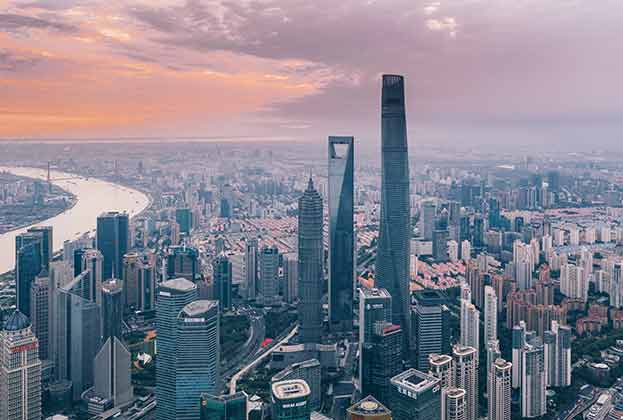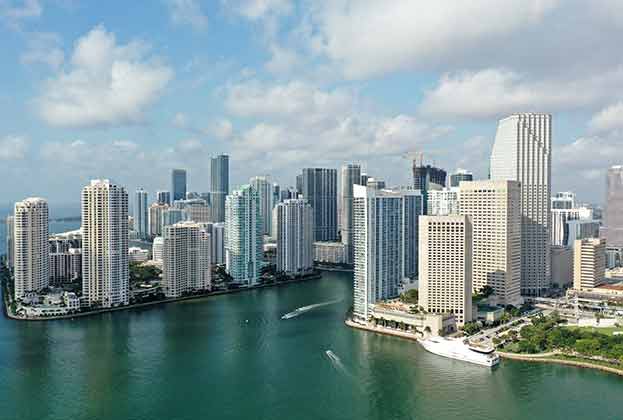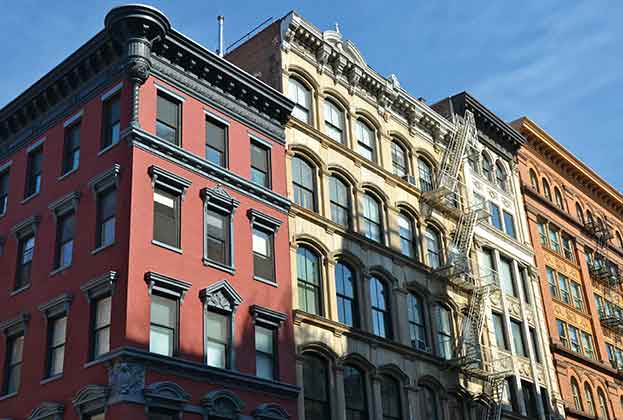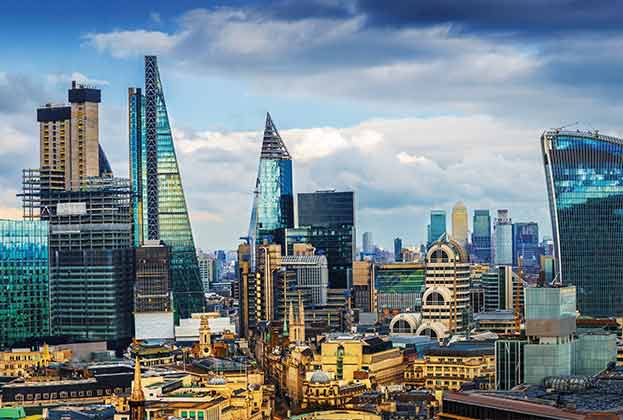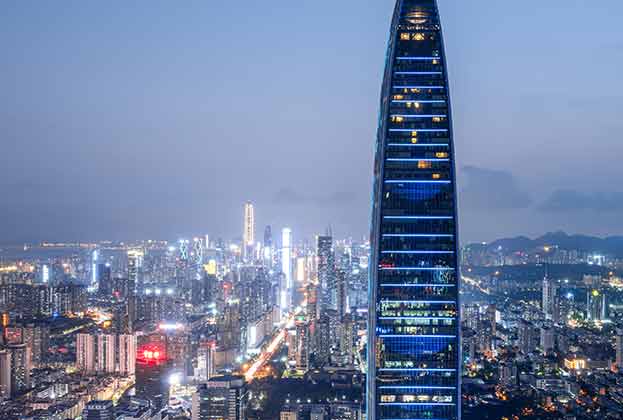While cities are still in vogue, global capital value growth slowed during the second half of 2022. The prime rental markets, however, told a different, more positive story
Last year was a year of two halves for global prime residential markets. Having rebounded in the wake of the pandemic, growth was sustained into the first half of 2022, but slowed in the second half of the year as the global economic environment weakened and interest rates rose.
Rental markets outperform
Prime rental markets were a bright spot last year. Across the 30 global cities we monitor, average prime rental values increased by 5.9% in 2022. This was driven by a lack of stock and rising demand, with rents outperforming capital values. Gateway cities, such as Singapore, New York and London, together with rising hubs Dubai and Lisbon, saw rental values increase in excess of 10% year-on-year.
Rental growth came as people continued to return to cities after the lifting of pandemic-related restrictions, and as rapidly rising interest rates in the latter half of 2022 meant that more people chose to rent. The rebound in international travel was a factor too, by the end of 2022 international arrivals had recovered to between 75% to 80% of 2019 levels.
Globally, prime yields averaged 3.0% in 2022, and moved out the fastest in eight of our 30 cities, led by Dubai, Singapore and London, with each city benefitting in particular from an increase in international tenant demand leading to significant rental growth.
.jpg)
Global city: Dubai – a rising hub
Capital values
Capital values rose by an average of 3.2% across the 30 cities we monitor in 2022, with the second half of the year only contributing 0.7% as the deteriorating economic situation and higher interest rate environment took effect.
Miami and Dubai recorded the highest level of capital value growth in 2022, at 25.4% and 12.4% respectively. These markets are still relatively competitively priced by global standards, the low cost of living, tax regime and warmer climates, attracting international and domestic buyers.
The global hubs of Singapore (+6.8%) and New York (+6.1%) also performed well last year, benefitting from an inflow of high-net-worth individuals setting up businesses. New York, in particular, recorded the second highest number of $5m+ transactions since 2017.
Some cities felt the global economic turbulence more than others, particularly in the second half of 2022. Rising interest rates hit Sydney particularly hard, and earlier than other cities. Hong Kong’s lingering pandemic-related restrictions continued to hamper its prime residential markets and prime prices fell by -8.5%, however, it remains the most expensive prime residential market in the world, with prices at $4,070 per square foot.

On the horizon in 2023
The second half of the year holds potential for positivity
Recessionary conditions, a higher interest rate environment and inflation will weigh on prime residential property performance in 2023, although the second half of the year holds some potential for global economic growth.
Even though prime residential is less mortgage-reliant than mainstream residential property, weaker macroeconomic conditions will dent sentiment. Many potential buyers and sellers will likely adopt a ‘wait and see’ approach. A less active sales market will drive prime rental markets, with rental value growth expected to outstrip capital value growth once again this year.
We expect an average prime residential price growth of 0.5% across our 30 cities, some way down on the 3.2% achieved last year. The rarefied nature of prime residential, coupled with a general lack of stock in many cities, will prevent a sharper slowdown.
Political intervention in residential markets is one trend to watch as wider housing affordability remains an issue. Examples of this are already being seen with the introduction of rent caps in Portugal and the two-year banning of some foreign purchasers in Canada.
Read the other articles within Savills Prime Residential Index: World Cities below
.jpg)
